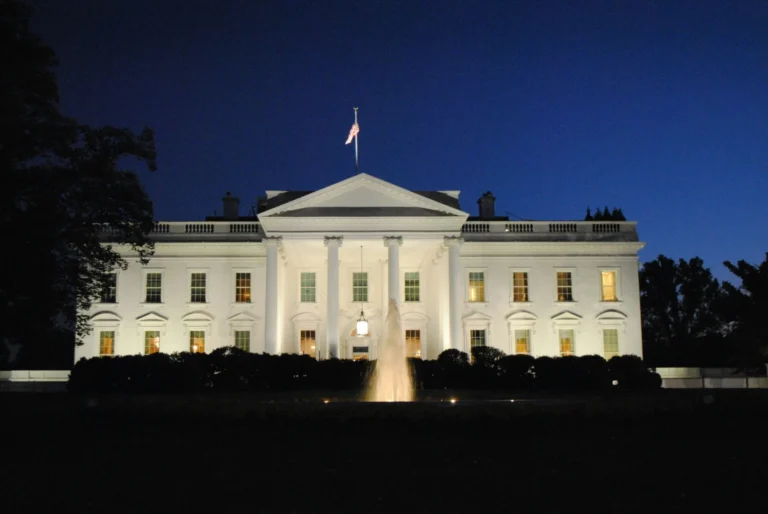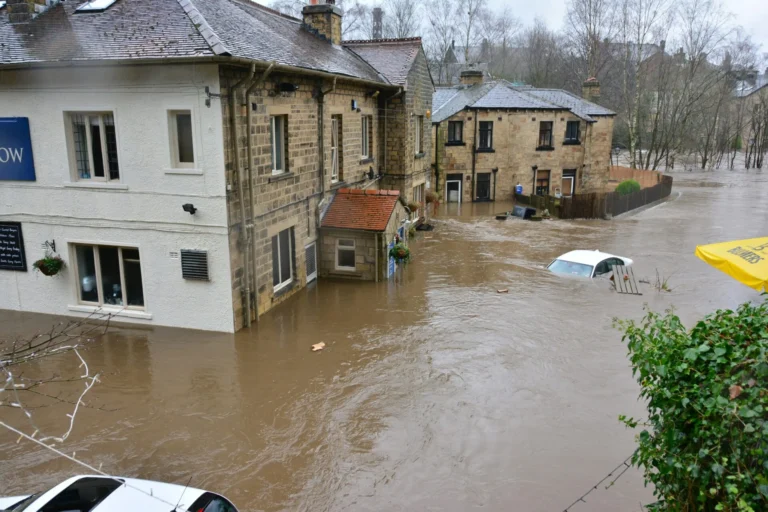By Cliff Montgomery – Nov. 7th, 2013
In 2012, the concentration of gases placed in the atmosphere which scientists identify as the chief cause forglobal warming rose to an all-time recorded high, according to independent studies recently releasedfrom two leading organizations.
The World Meteorological Organization (WMO) has shown that last year, atmospheric CO2 rose more quicklythan its average increase over the past 10 years.
The WMO study also revealed that concentrations of nitrous oxide and methane broke previous records.
The release of such gases has increased global warming by nearly a third over the last 20 years, according tothe WMO.
And an annual United Nations (UN) emissions report which has just been released reminds countries thatthey need to keep Earth from warming 35.6°F (or 2°C) above its average pre-industrial level – a mark they willnot reach if they maintain their current global warming emissions targets.
Below, The American Spark quotes the foreward of the UN emissions study:
“The latest assessment by Working Group I of the Intergovernmental Panel on Climate Change, releasedearlier this year, concluded that climate change remains one of the greatest challenges facing society.
“Warming of the climate system is unequivocal, human-influenced, and many unprecedented changes havebeen observed throughout the climate system since 1950. These changes threaten life on Earth as we knowit.
“Continued emissions of greenhouse gases will cause further warming and changes in all components of theclimate system. Limiting climate change will require substantial and sustained reductions of greenhouse gasemissions.
“But how much reduction is needed?
“Further to the Copenhagen Accord of 2009 and the Cancún agreements in 2010, international efforts underthe United Nations Framework Convention on Climate Change are focused on keeping the average rise inglobal temperature to below 2° C, compared to pre-industrial levels.
“Current commitments and pledges by developed and developing nations can take the world part of the waytowards achieving this 2° C target, but this assessment shows that the there is still a significant gap betweenpolitical ambition and practical reality. In short, additional emission reductions are needed.
“With this fourth assessment of the gap between ambitions and needs, the United Nations EnvironmentProgramme seeks to inform governments and the wider public on how far the response to climate change hasprogressed over the past year, and thus whether the world is on track to meet the 2° C target.
“In addition to reviewing national pledges and actions, this year’s assessment, for the first time, also reviewsinternational cooperative initiatives which, while potentially overlapping, serve to complement nationalpledges and actions.
“From a technical standpoint, meeting the 2° C target remains possible: it will take a combination of fullimplementation of current national pledges and actions, a scaling up of the most effective internationalcooperative initiatives, and additional mitigation efforts at the country level.
“All these efforts will require strengthened policies aimed at curbing greenhouse gas emissions. Crucially,they also require the promotion of development pathways that can concomitantly reduce emissions.
“As in the previous assessment, this year’s report provides updated analyses of a number of tried and testedsector-specific policy options to achieve this goal.
“Specifically, we show that actions taken in the agricultural sector can lower emissions and boost the overallsustainability of food production. Replicating these successful policies, and scaling them up, would provideone option for countries to go beyond their current pledges and help close the ‘emissions gap’.The challenge we face is neither a technical nor policy one – it is political: the current pace of action is simplyinsufficient. The technologies to reduce emission levels to a level consistent with the 2° C target are availableand we know which policies we can use to deploy them.
“However, the political will to do so remains weak. This lack of political will has a price: we will have toundertake steeper and more costly actions to potentially bridge the emissions gap by 2020.
“This report is a call for political action. I hope that, by providing high quality evidence and analysis, it willachieve its goal of supporting international climate change negotiations.”





